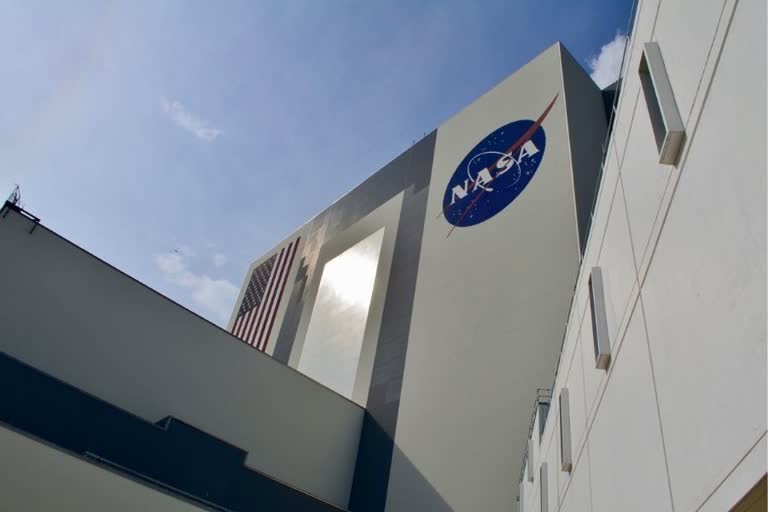Washington: The newest Geostationary Operational Environmental Satellite, GOES-T, was launched on a United Launch Alliance Atlas V rocket from Cape Canaveral Space Force Station for the National Oceanic and Atmospheric Administration (NOAA). It has been confirmed that the spacecraft's solar arrays were successfully deployed and the spacecraft was operating on its own power. "We at NASA are proud to support our joint agency partner, NOAA, and their mission to provide critical data and imagery to forecasters and researchers tracking hazardous weather," said NASA Deputy Administrator Pam Melroy.
"While the GOES-R series satellites' main job is to help with weather prediction, these satellites produce observations that also help with NASA science. Our agencies' collaboration brings great benefits toward understanding our planet," she added. The satellite will be providing continuous coverage of weather and hazardous environmental conditions in the Western Hemisphere. For the unversed, the GOES program predicts space weather near earth that can interfere with satellite electronics, GPS, and radio communications.
"We at NASA feel honored to continue to work with NOAA on this strategic and successful partnership. Besides our work on spacecraft development and launch, NASA supported science teams are looking forward to analyzing the precious data that GOES-T will provide," said Thomas Zurbuchen, the associate administrator for the Science Mission Directorate at NASA Headquarters in Washington.
Once GOES-T is positioned in a geostationary orbit 22,300 miles above earth, it will be renamed GOES-18. Following a successful orbital checkout of its instruments and systems, GOES-18 will go into service over the U.S. West Coast and Pacific Ocean. This position puts it in a key spot where it can observe weather sweeping in from the west to the east over the U.S. - giving forecasters an upstream view of what is coming. "This launch continues a 48-year history of NOAA, NASA, industry, and academia working together on geostationary satellite observations," said John Gagosian, director of NASA's Joint Agency Satellite Division.
